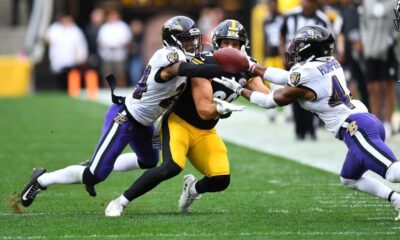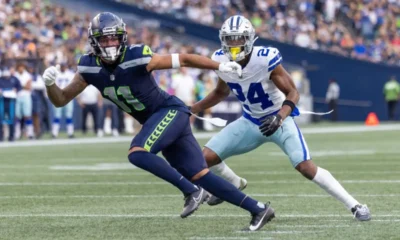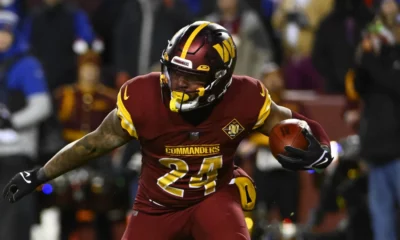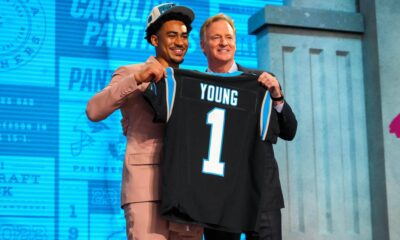The NFL might be playing the players union, and not in a good way. JC Tretter, the NLFPA president, says that NFL leaders tried to walk back concessions made with the players union. The NFL and the NFLPA reached a verbal deal governing a revision to the Collective Bargaining Agreement in order to establish safety guidelines and economic demands caused by the coronavirus pandemic on July 24. Here, the question is why it took so much time to minimize the deal to a writing document ten days later. Maybe some aspects are not clear yet.
The NFL Trying To Pull A Fast One?
Tretter, who also plays center for the Cleveland Browns, informed Pro Football Talk over the phone on Tuesday evening that, apparently, the NFL was trying to eliminate some points of the agreement that had been reached between the two sides on July 24. But it doesn’t make any sense because a deal is a deal, and the aspects discussed must be respected by both parties. The NFL should have been smart enough to know that the players union would catch on.
On the same matter, Tretter commented, “Especially this weekend but through the whole thing, the NFL wanted to kind of walk back a lot of the really good things we had gotten in the deal.” That means violating the deal agreed by all players. Tretter also said, “And once they realized there were things they didn’t like, they wanted to change that. And we weren’t willing to move off the deal that we signed because we thought we had a really good deal. There were issues on the economics, there were issues on the safety protections that they wanted to make last-minute adjustments to that we just weren’t going to allow to be changed.” If what Tretter is saying is true, it is detrimental for the upcoming season. This is proof that certain aspects are unclear up to this moment.

100% Bonus up to $1,000 + $25 Token
T&C APPLY | NJ, MI ONLY Join Now
100% Bonus up to $1,000 + $25 Token
T&C APPLY | PA ONLY Join Now
$1000 Risk Free Bet
T&C APPLY | NJ, PA, IN, CO, NJ, MI, IA, LA, MS, OH ONLY Join NowThe NFL Strips Away Financial Protections
One of the points that Tretter mentioned was that the union had disputed to spread the economic losses from 2020 over a period of four years. Then, the league intended to change that after the deal was reached. Tretter also stated that the players union was pushing to allow all players in the NFL to be given a $350,000 payment as a guarantee if high risks or medical conditions were present, and eventually players were forced to abandon the league. This deal also considered undrafted players who might be at risk for not being part of the season.
What Tretter mentions sounds fair for all players involved in the NFL. The union tried to come up with a plan that was equal for everybody who might be impacted by the sports crisis in the country. George Atallah, the NFLPA assistant executive director of external affairs, supported Tretter’s point of view by explaining that the NFL was attempting to renegotiate numerous aspects that seemingly were resolved on July 24. The NFL didn’t respond to this request right away.
Friction Builds Between The NFL and the Players Union
In fact, players agreed to change the seven-day period for quitting the season after signing the agreement, and Tretter states that, despite the established window, players were given extra time to make their choice as a result of the delay. Moreover, the delay also allowed players with medical risks who would receive the $350,000 with no obligation to return it, the possibility to ensure that their conditions were documented during the physical tests sampled at the beginning of training camp.
According to Atallah, the disputed haggling that followed after July 24 gave the players union the authority to make certain that the NFL and staff personnel would be regulated by the same guidelines as those imposed on players regarding risky activities that might eventually threaten their family members or friends. Tretter and Atallah focused on the fact that players were unified in a process in which players demanded protection given the imminent threat of the pandemic across the US.














